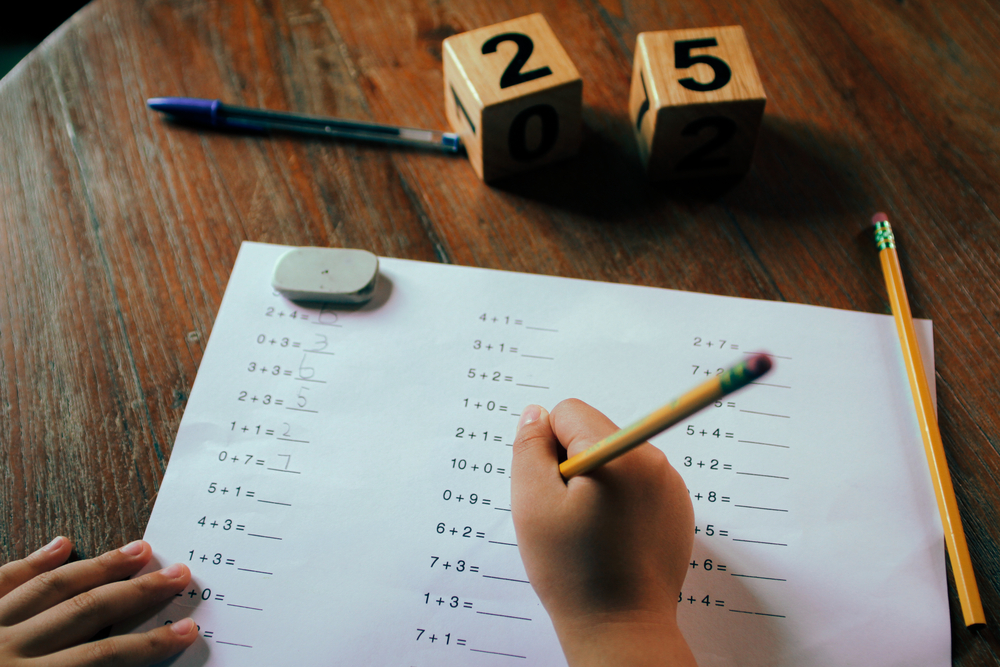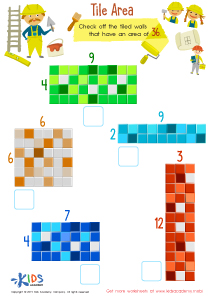Color Identification Normal Numbers Worksheets for Ages 3-9
4 filtered results
-
From - To
Welcome to our engaging "Color Identification Normal Numbers Worksheets" designed specifically for children ages 3 to 9! These interactive worksheets make learning fun as young learners explore the vibrant world of colors while developing essential math skills. Each activity focuses on identifying colors and associating them with corresponding numbers, enhancing both visual recognition and numerical understanding. Ideal for parents and educators alike, these worksheets are perfect for classroom settings or home learning. Help your child build a strong foundation in math and color identification with our bright, engaging resources, setting them on the path to success in their educational journey!
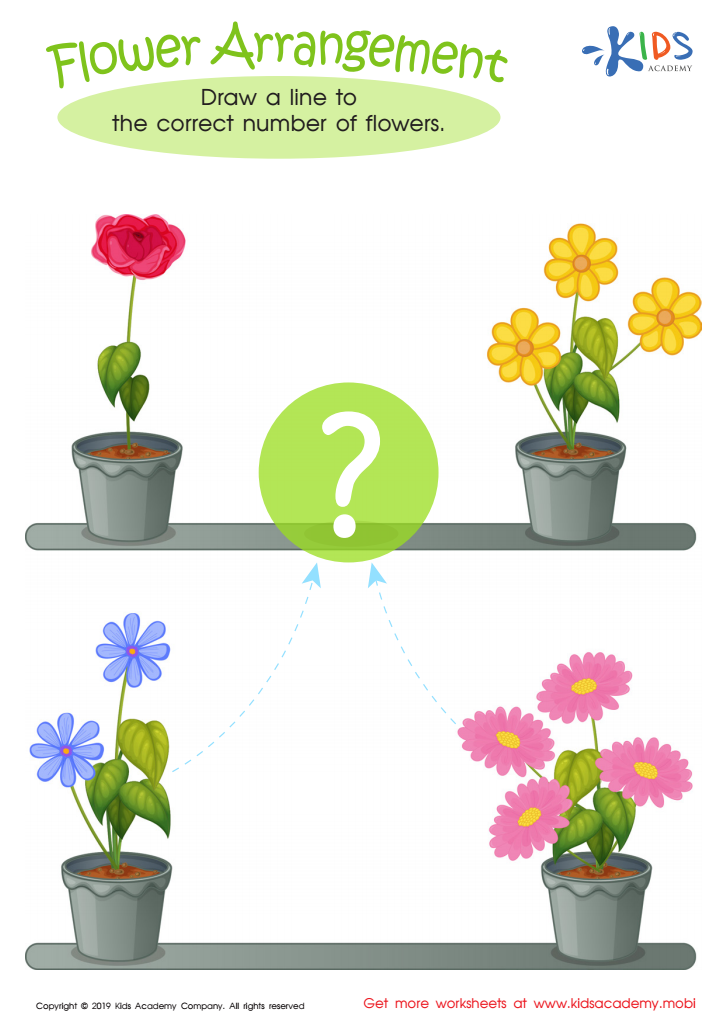

Flower Arrangement Worksheet
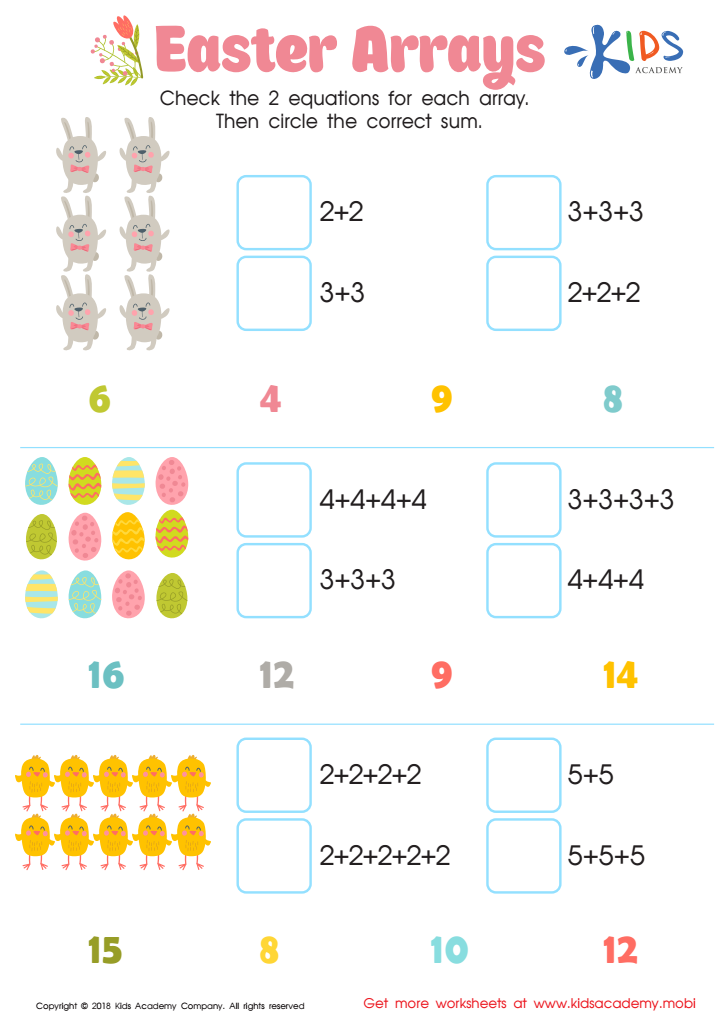

Easter Arrays Worksheet
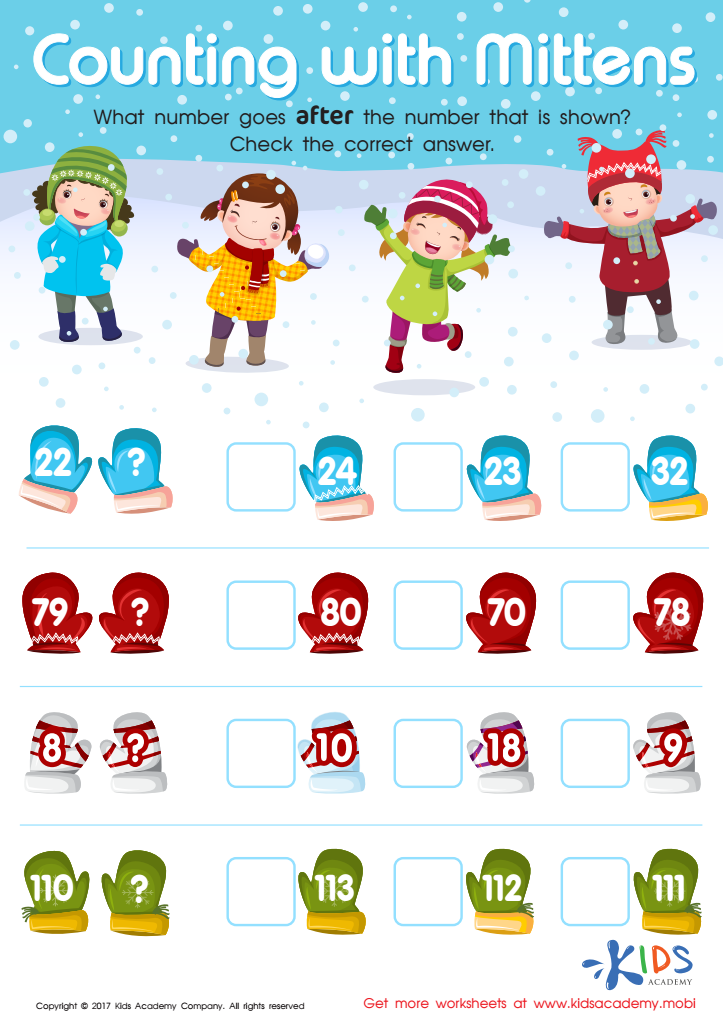

Counting with Mittens Worksheet
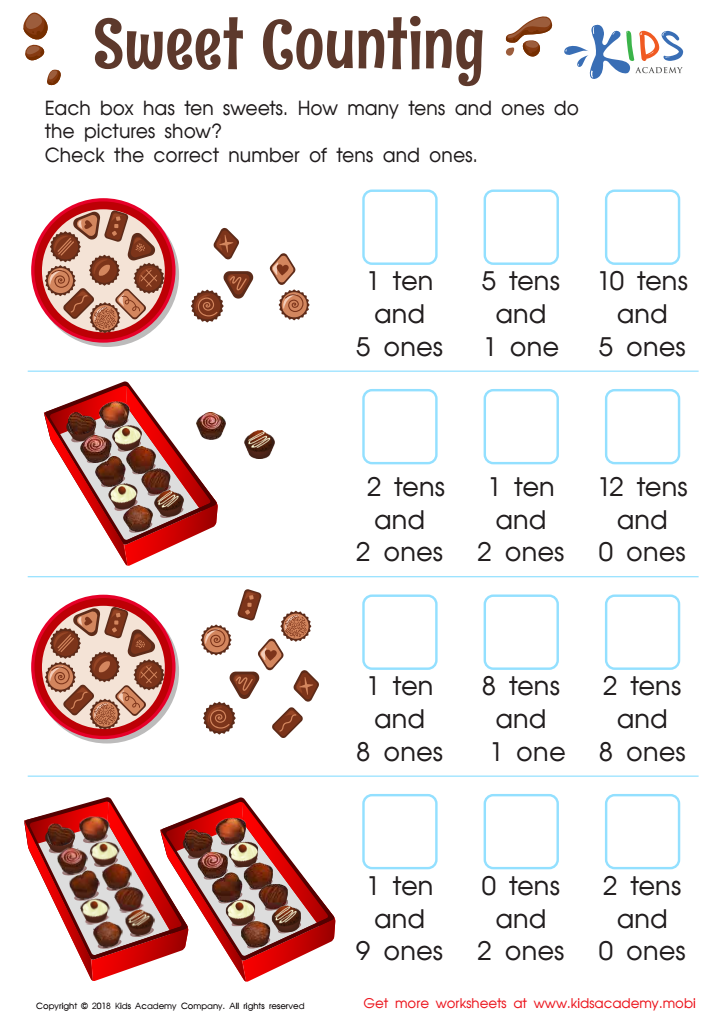

Sweet Counting - Part 2 Worksheet
Color identification is an essential skill for children aged 3-9, as it lays the foundation for their overall cognitive development. Understanding colors helps enhance visual perception and encourages creativity through artistic expression. When children can identify colors, they are better equipped to describe the world around them, facilitating language acquisition and vocabulary expansion.
Moreover, color identification supports academic readiness by fostering key characteristics necessary for learning, such as observation, categorization, and reasoning. For tasks in subjects like math and science, recognizing colors can aid in organizing information, which is crucial for problem-solving.
For parents and teachers, fostering color recognition also promotes socialization, as identifying colors can be a great conversation starter among peers, thus aiding in the development of interpersonal skills. Critical thinking is enhanced, as children learn to associate colors with emotions, familiar objects, or even character traits.
In addition, certain developmental norms exist for color identification; when children struggle with this skill, it may signal delays in other areas of learning or communication. Therefore, monitoring progress in color identification may help identify areas where additional support is required, making it a critical focus for parents and educators alike.
 Assign to My Students
Assign to My Students







